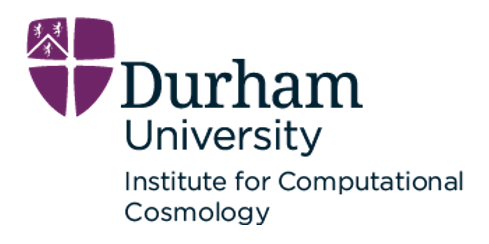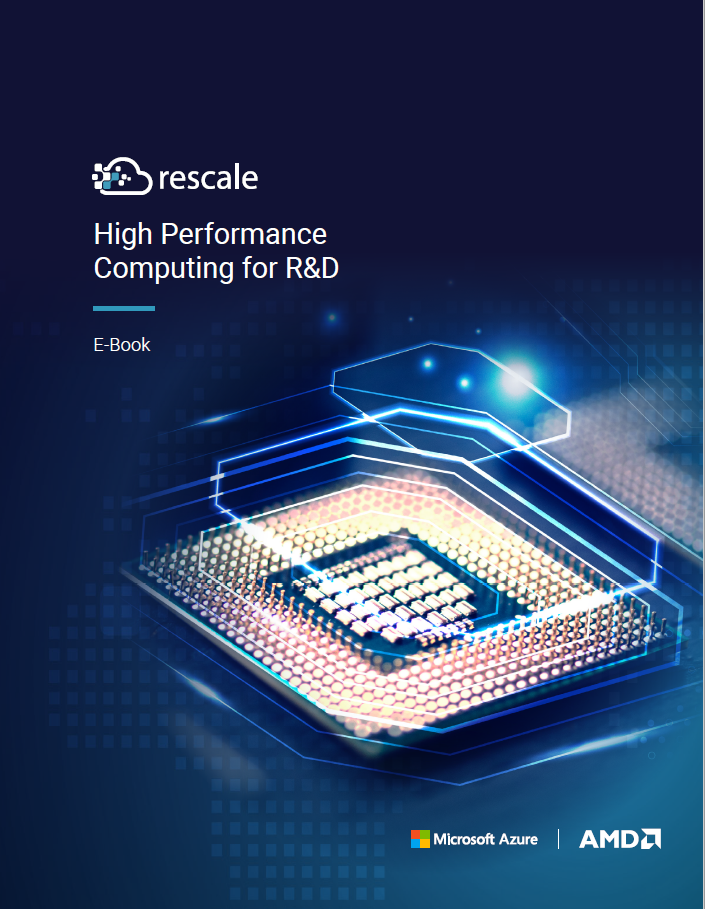July 15, 2021 — Advanced capabilities ranging from the innovative use of artificial intelligence (AI) to state-of-the-art computer codes have won the U.S. Department of Energy’s (DOE) Princeton Plasma Physics Laboratory (PPPL) its third straight round of DOE-sponsored public-private partnerships to help accelerate the production of fusion energy that powers the sun and stars.
The PPPL collaborations account for three of the nine new DOE Innovation Network for Fusion Energy (INFUSE) partnerships and will bring together PPPL researchers with colleagues separately at Microsoft Corp., Commonwealth Fusion Systems, and TAE Technologies. The selected proposals are subject to the successful negotiation of Cooperative Research and Development Agreements (CRADA) between the companies and the DOE national laboratories.
James Van Dam, DOE Associate Director for Fusion Energy Sciences, hailed the $2.1 million round of funding and noted that new private start-ups are entering collaboration agreements. “After two successful years of INFUSE, it is clear that the program offers significant benefit to the fusion community.” The new round of funding, the first of 2021, responds to the growing interest and needs of companies “looking to leverage the unique expertise and capabilities available at the DOE national laboratory system,” he said. To read the DOE news release click here.
PPPL physicist Ahmed Diallo, deputy director of the INFUSE program, echoed that assessment. “The three projects with PPPL make use of key expertise of the Lab,” Diallo said. “These projects are testament to the fact that private industries recognize and value the expertise brought by the national labs.”
Fusion, the power that drives the sun and stars, combines light elements in the form of plasma — the hot, charged state of matter composed of free electrons and atomic nuclei that makes up 99 percent of the visible universe — to generate massive amounts of energy. Scientists around the world are seeking to produce and control fusion on Earth for a virtually inexhaustible supply of safe and clean power to generate electricity.
Following are the companies partnering with PPPL in the new round of collaborations to accelerate the development of fusion energy.
Microsoft Corp. The software giant aims to exploit the artificial intelligence (AI) deep-learning prowess developed by a team led by PPPL and Princeton University physicist Bill Tang for predicting and controlling the disruption of magnetically confined fusion plasmas that can severely damage doughnut-shaped tokamak fusion facilities. Microsoft will bring its transformative neural network technology to PPPL to collaborate with the Laboratory on improving the prediction of dangerous disruptions and accelerating progress on the real-time control of fusion plasmas in tokamaks that include ITER, the international fusion experiment under construction in France.
Representing Microsoft in this partnership is Alexey Svyatkovskiy, a senior data scientist who while at Princeton worked with the Tang team to deliver the seminal deep-learning predictive software the group developed. Nature magazine profiled this Fusion Recurrent Neural Network (FRNN) software in 2019. “Alexey’s in-depth knowledge of Microsoft’s deep-learning capabilities enables an ideal collaborative fit with us for this exciting new INFUSE project,” Tang said.
Tang recently received another high-profile award when the Advanced Scientific Computing Research (ASCR) program in the DOE Office of Science allocated his team 45,000 node-hours on the Theta supercomputer at the Argonne National Laboratory Leadership Computing Facility (ALCF) to advance the deep-learning software. The valuable computer time, awarded among highly competitive proposals, will be important for the mission of the DOE fusion energy program and will further strengthen the connection between the ASCR program and DOE leadership computing facilities.
Commonwealth Fusion System (CFS). This start-up, spun out from the Massachusetts Institute of Technology (MIT), is developing a compact tokamak facility called SPARC that features novel new high-temperature superconductors. The partnership, which follows two previous INFUSE collaborations with the Laboratory, will work with PPPL physicist Nate Ferraro on the development of a massive gas injection (MGI) system to mitigate plasma disruptions.
“MGI is a process in which a large quantity of cold gas is injected into the tokamak when a disruption is detected,” said Ferraro, a developer of PPPL’s M3D-C1 computer code that will simulate such injections in SPARC. “The goal of this project is to help develop the optimal number and placement of gas injection valves to reduce heat and mechanical stresses on the facility during these instabilities,” Ferraro said.
The collaboration is expected to have wide-ranging benefits in addition to reducing the risk of disruptions on SPARC. These benefits include development of a system with the potential to mitigate disruptions in other future fusion facilities. Working in partnership with Ferraro on this project will be physicists Matt Reinke, who is at CFS on leave from his Oak Ridge National Laboratory long-term siting at PPPL, Ryan Sweeney of MIT, and engineers at CFS.
TAE Technologies, located in Foothill Ranch, California, is also entering its third round of INFUSE collaborations with PPPL. The company is developing a cylindrical fusion reactor based on the field-reversed configuration (FRC) concept, which reduces the risk of disruptions by producing a high-pressure plasma that holds itself together with its own magnetic field.
PPPL physicist Elena Belova, who partnered with TAE on a previous INFUSE project, will use her HYM plasma simulation code to study the stability properties of the company’s FRC concept. “The code will also numerically reproduce the operational boundaries of the FRC,” Belova said, which will be used to help design the advanced next-step FRC device that TAE is planning.
“Our goal is to understand how these boundaries can be extended to a high-density regime,” Belova said, “and how the fast-ions created by neutral beam injection can affect these boundaries.” Partnering with Belova on this project, which is expected to directly accelerate progress toward the development of fusion energy in the private sector, will be Sean Detrick, director of computational sciences at TAE technologies.
The new one-year partnerships bring to 12 the number of INFUSE collaborations that PPPL has entered into since the DOE launched the novel program in 2019. The partnerships have drawn upon PPPL’s world-class expertise in fields ranging from fusion experiments to theoretical computation and advanced engineering to speed the arrival of privately financed fusion energy.



